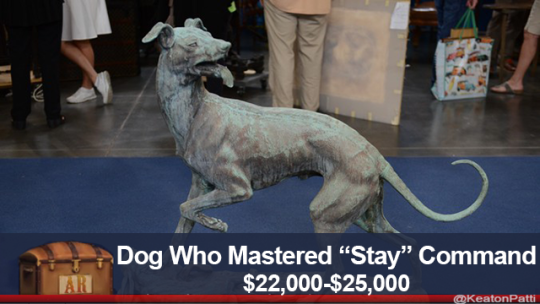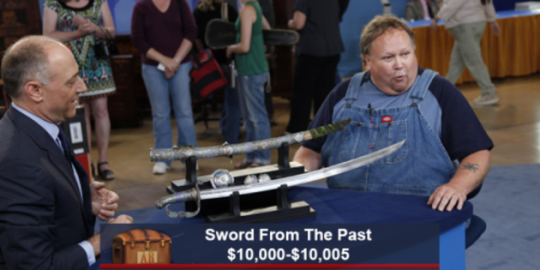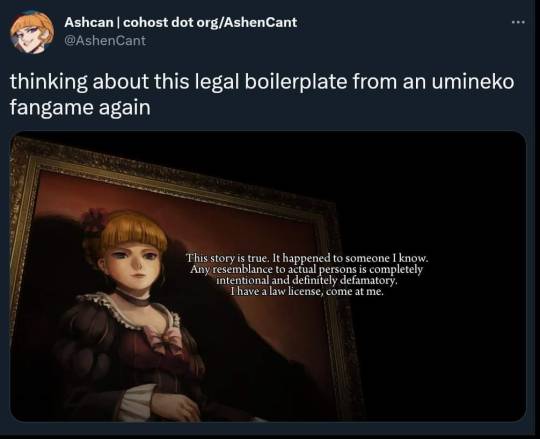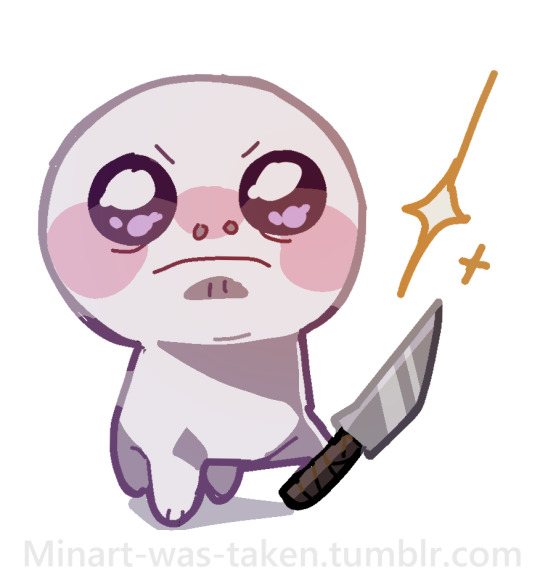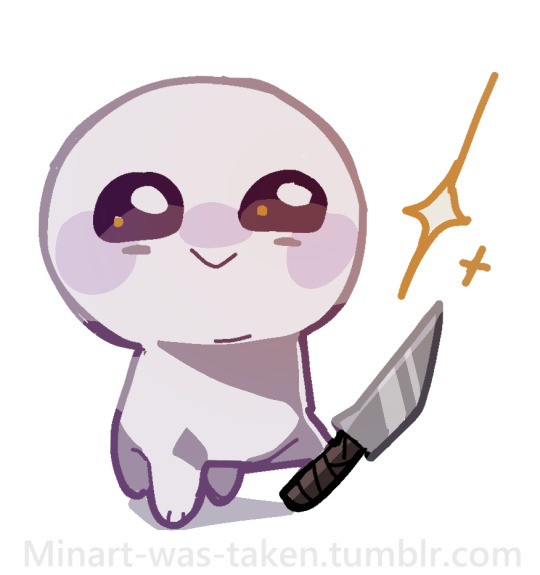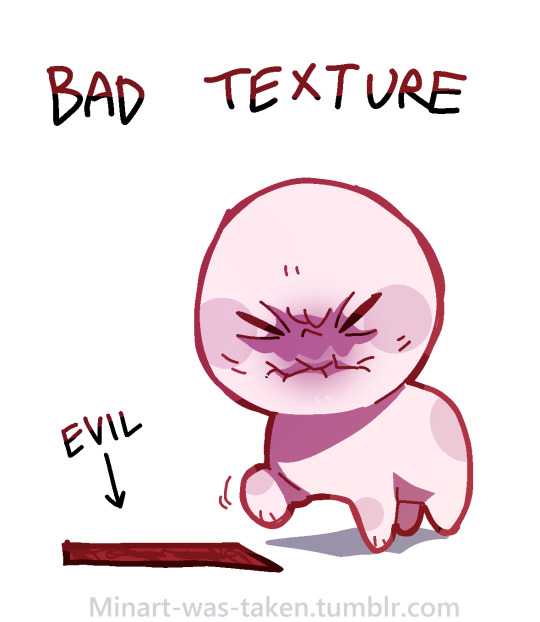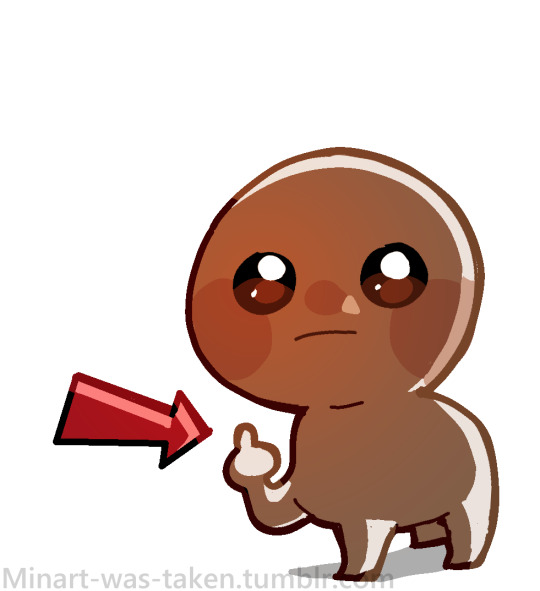Text

came across this screenshot while making a shitpost and LOOK AT THIS PERFECT MOMENT
165 notes
·
View notes
Text
broke: jc and wwx are brothers therefore shipping them would be incest
woke: jc and wwx share a bond that is too complicated and fraught to restrict to a singular label, however, they are not siblings as wwx is not blood-related to the jiangs nor is he adopted into the jiang clan. the official relationship between wwx and jc is that of shixiong/shidi, as well as sect heir, then sect leader/disciple, and they grow up together in the jiang household as best friends. wwx occupies a liminal space where he is notably just a disciple in the yunmeng jiang clan while being favoured by jiang fengmian to the detriment of his own son, without being officially included in the jiang family. much of the strife that arises between jfm and yzy comes in fact from the uncertain place of wwx; in fact, if they were brothers with wwx being adopted by jfm the tragedies that befell them in canon might arguably not have happened. moreover, martial sibling romance is a common trope in cdramas and as evidenced by madam jin’s words during the phoenix mountain hunt, a romantic relationship between jiang yanli and wei wuxian (shijie/shidi) would absolutely be perceived as normal in-universe. therefore chengxian is not incest.
bespoke: chengxian is not incest so i’m making it incest
297 notes
·
View notes
Text
Sometimes I think about how fucked up Wei Wuxian's death was for Jiang Cheng. Think about it. Jiang Cheng, drowning in rage and grief, leading a charge against the deranged husk of his childhood friend and brother, and he not only failed to kill him, but watched him die in such a horrific, agonizing, visceral way.
Half the world starts yapping about how Jiang Cheng killed Wei Wuxian, and he just has to go with it, because denying it would only have ruined his reputation even worse.
Wei Wuxian himself couldn't bear to tell Lan Wangji how it really happened. It was so awful he doesn't ever want to ever think about it or talk about it ever again.
What an awful way to die. What an awful thing to witness. What an awful thing, to grieve for something or someone that by all reasoning you shouldn't be grieving for at all.
Obviously Wei Wuxian's death was super and fucked up for Wei Wuxian, but this post isn't about him. This post is about Jiang Cheng because I was rotating him on a lazy Susan charcuterie board feeding him a bit of brie and a grape.
267 notes
·
View notes
Photo
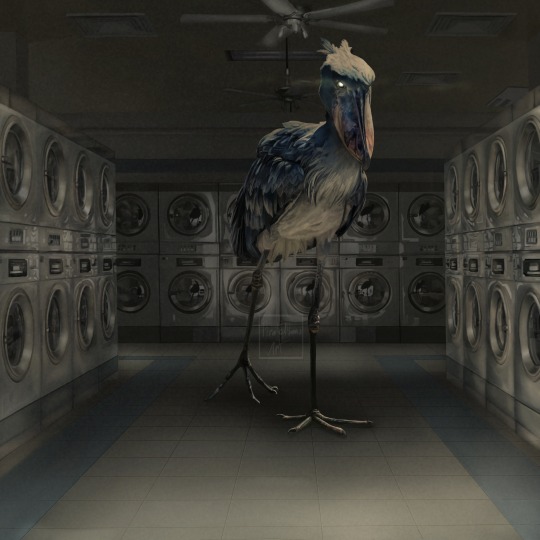
Quarters only, please [x]
(done in procreate)
109K notes
·
View notes
Text
Sometimes I hyperfocus so hard on something, I forget I’m a person until someone interacts with me. I feel like some wild animal seeing a human being for the first time. I’m like “oh yeah I’m supposed to speak and stuff”
246K notes
·
View notes
Text

Our first victory against trump!
Time to start celebrating ALL the small wins, because EVERY win means a lot, and every win helps us fight for the next one!
27K notes
·
View notes
Text
*in a rap battle* i wonder who your mother could have been if she never had you
123K notes
·
View notes
Text
I absolutely think adults, especially parents, ascribe manipulative intent to children when they shouldn't and it's absolutely a problem but it's always kind of funny to me when people go online and proclaim that children are incapable of manipulation. When I was three I asked my mom to get my older sibling their favorite candy bar at the grocery story because I knew she'd get me mine too as a reward for being thoughtful and that was way more likely to succeed than if I just asked for a candy bar for me. And it worked. Children scheme at a developmentally appropriate level the trick is not assuming children scheme at an adult level.
44K notes
·
View notes







